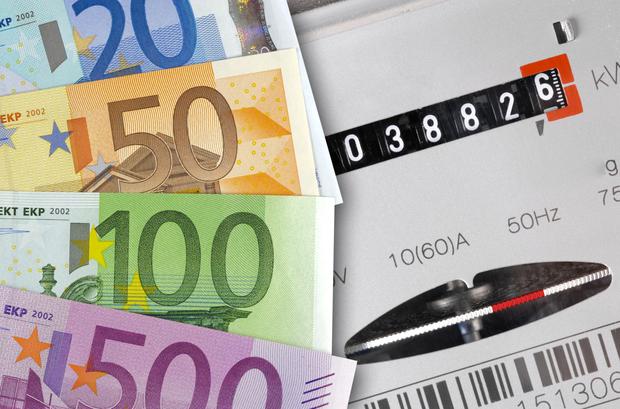
U.S. crude oil prices hit a high of $86.40 per barrel in October this year. The trends that led to this peak also lifted all other energy prices in what turned out to be a truly wild year for fossil fuels. And for inflation.
West Texas Intermediate started the year modestly, at a little over $50 per barrel. Crude oil prices had just begun to recover in the third quarter of 2020 after a devastating 2020 when lockdowns and travel restrictions wrought havoc on oil demand, prompting forecasts that it would never recover to pre-pandemic levels.
These forecasts may have contributed to some shock when prices began to recover: the recovery was faster than expected and also much stronger than expected as lockdowns ended and travel resumed amid mass vaccinations.
Naturally, crude oil prices also caused a jump in gasoline prices, to such an extent that President Joe Biden was forced to plead with OPEC to increase oil production in order to lower prices at the pump for American drivers.
Pleading did not have an effect on the oil cartel, although it did have an effect on the U.S. oil industry, which dug its heels even deeper and refused to cooperate with the administration when it finally approached it for help in the gasoline prices effort.
U.S. gasoline prices hit a record in California in November, when the average for the state on November 15 stood at $4.68 per gallon. Across the states, the average gasoline price peaked at over $3.40 per gallon. Since November, prices have mellowed amid renewed concern about restrictions as the latest variant of the coronavirus, omicron, spreads across the world.
A plan by the Biden administration to release crude oil from the strategic petroleum reserve also played a part in gasoline price movements even though it was a limited one. Experts were quick to note that the crude released from the SPR is not of the grades that Gulf Coast refineries are configured for, so it could not directly contribute to a boost in gasoline production.
In tune with oil natural gas prices also rose this year, although the rise in United States benchmark prices was minuscule in comparison with European price trends in natural gas. In Europe, prices have been breaking records on low inventory levels, higher demand and market speculation.
In the United States, gas prices have risen a lot more modestly thanks to ample domestic production. Exports have also risen to record highs with the U.S. projected to become the world’s largest LNG exporter next year, according to the Energy Information Administration. The boom will come in large part thanks to long-term commitments from Chinese buyers after years of reluctance to commit to U.S. supplies.
Now, at the end of the year, both oil and gas are off their peaks reached earlier in 2021 but still higher than where they started the year. In crude oil, the increase was a lot more marked than it was for gas thanks to resurgent demand and it was one of the drivers of inflation that reached the highest in close to 40 years.
The inflation trend was first brushed off as transitory by the Fed but later, when it became clear it was not softening, the Fed changed tack and announced it would begin tapering its fiscal stimulus program faster than initially planned.
What this could mean for oil and gas prices is further upside pressure in 2022, especially if current trends in demand for fossil fuels continue into the new year, which is quite more likely than a sudden change, even with omicron spreading faster than previous variants.